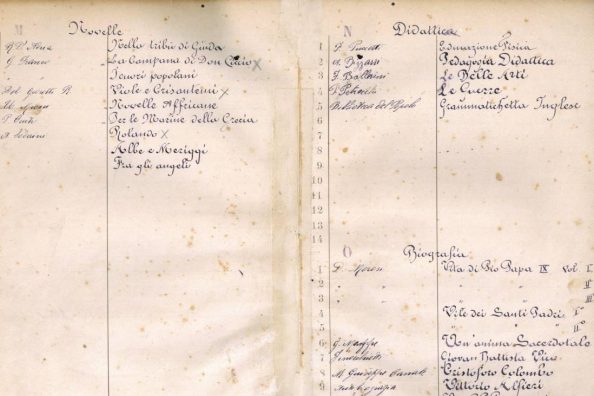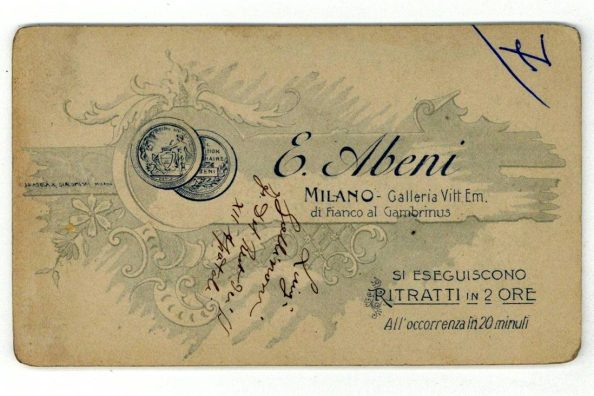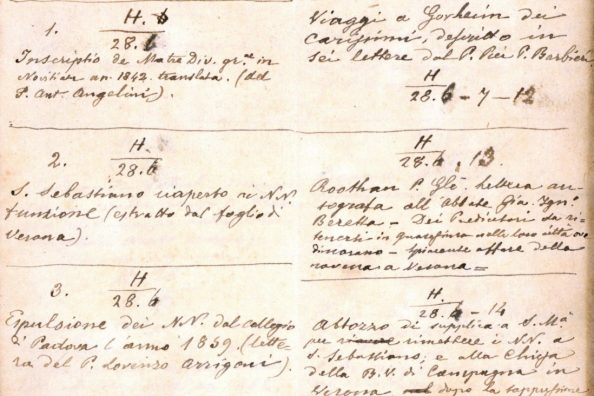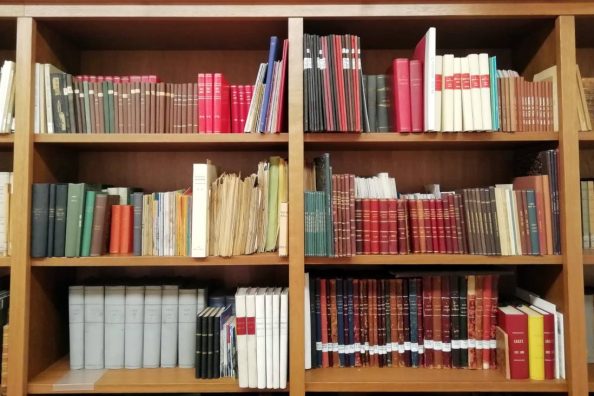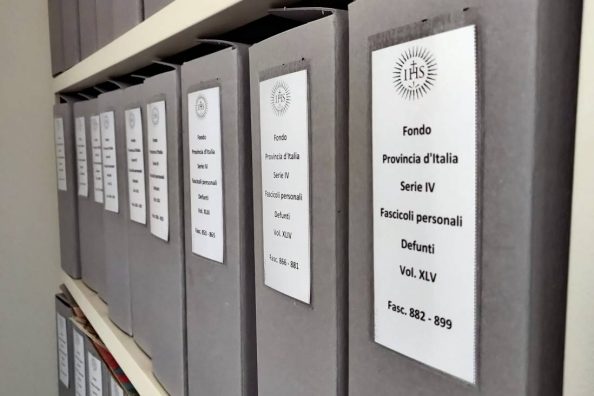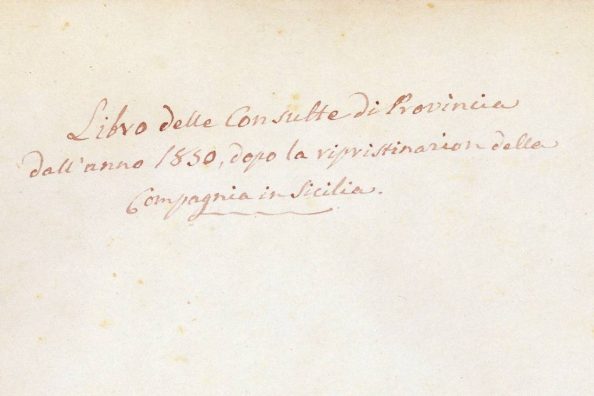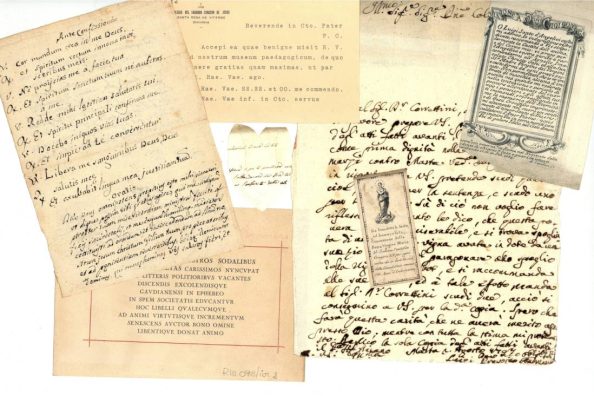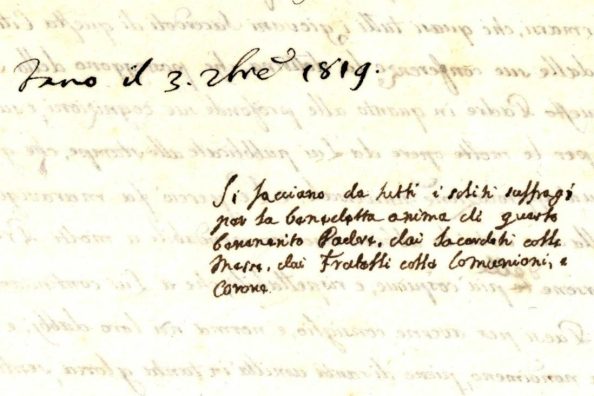The Society of Jesus: one archive?
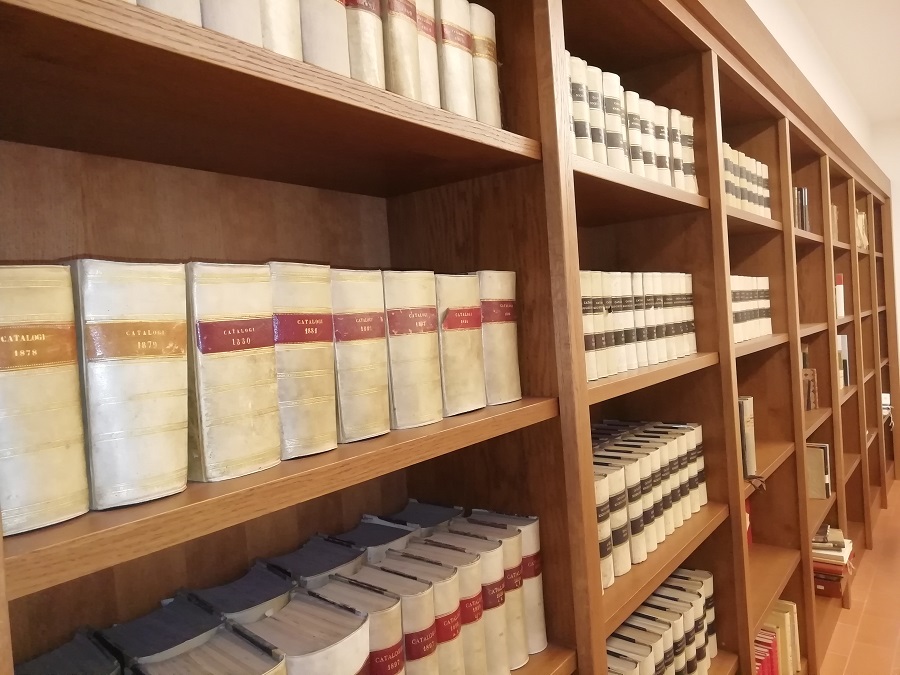
For those who need to consult the archival documents relating to the Society of Jesus for a specific research project, the question arises as to which institute to contact. There is in fact no single archive of the Society of Jesus. Today, in this in-depth section of the column, we discover more about the numerous archives of the Society in Italy and around the world.
In the city of Rome alone there are no less than five historical archives of the Society of Jesus, very different from each other and not “interchangeable” with each other, so it is important to know which one to go to and what kind of documentation they preserve.
Like most religious orders, the Society of Jesus has a General Curia, where the Fr General lives, this is also where ARSI is located, which we can consider the central archive of the Society of Jesus.
ARSI mainly keeps the documentation related to the communications between the central and peripheral headquarters, hence between Fr General and Provinces, individual Jesuits who sent letters, reports, requests to him.
ARSI – unlike our archive – keeps documentation from 1540 onwards, that is, from the foundation of the Order to more recent times.
It does not keep the documentation produced by the individual provinces, for some specific reasons it keeps some fonds of churches that belonged to the Society of Jesus or personal fonds of Jesuits historically active in the General Curia, such as the Tacchi Venturi Fond or the Pirri Fond.
More information can be found on the ARSI website.
Our archive, on the other hand, is the historical archive of one of the provinces of the Society of Jesus. Since it is a province born from the unification of ancient provinces, we speak of a concentration archive, since in it are concentrated the fonds of as many as six provinces and various entities dependent on them, such as the houses for exercises, the colleges, the residences, for a total of almost a linear kilometre of documentation.
We are the provincial archive geographically closest to the General Curia.
For historical-political reasons, our archive does not preserve any documentation from the Old Company, i.e. from 1540 until the suppression, except for very few specimens. Documentation is preserved from 1814 onwards.
One turns to our archive to consult documentation produced by one of the former Provinces, or concerning a Jesuit member of the former Provinces, or to carry out research on one of the residences, institutions, works dependent on the former Provinces that have transferred their documentary holdings to the Province archive.
This is why we are approached by all those who wish to study the history of the Florence Residence or the Maximilian Maximus Institute or the St. Francis Xavier College.
More information is available on the website of our Historical Archives.
Not all Jesuit institutions submit documentation to the provincial archives. Some do not depend on the province or have developed their own historical archives over time.
This is the case of the archive of the Pontifical Gregorian University, located within the university, with its own website.
The archive preserves the documentation produced by the University and also the personal papers of some Jesuits who have lived and worked here as professors, among the most famous being those of St. Robert Bellarmine, Fr. Athanasius Kircher, Fr. Angelo Secchi.
The historical archive of the Gregorian also holds part of the Collegio Romano fund, however most of the papers are now kept at the Vittorio Emanuele II Library in Castro Pretorio and are the property of the Italian State.
To consult the Jesuit fonds of the Collegio Romano, one has to go directly to the library where it is kept.
Among the Jesuit archives based in Rome is also that of Civiltà Cattolica, located where the magazine of the same name was born. It preserves the documentation concerning the community, the magazine and that of the fathers who lived and worked here.
Finally, we recall the archives of two historical, and still active, foreign colleges: the German-Hungarian College and the Pius Latin American College.
Institutions, already historically dependent on the Roman Province, then over time becoming part of the DIR, where Jesuits and students from the Austro-Hungarian Empire and South American states respectively were hosted.
The Society of Jesus also has a provincial historical archive in each province: the provinces corresponded in the Old Regime to the Old States, later to the nations following almost always the same geographical boundaries but sometimes including unifications of smaller provinces.
Before turning to one of the many archives of the Society of Jesus, it is important to study the relative documentary heritage preserved, to understand to which province the Jesuit of our interest belonged, and to check the bibliography of reference.
In the following we will see together how to use some of the research tools that the Society of Jesus has made available to researchers over the years.
Maria Macchi

